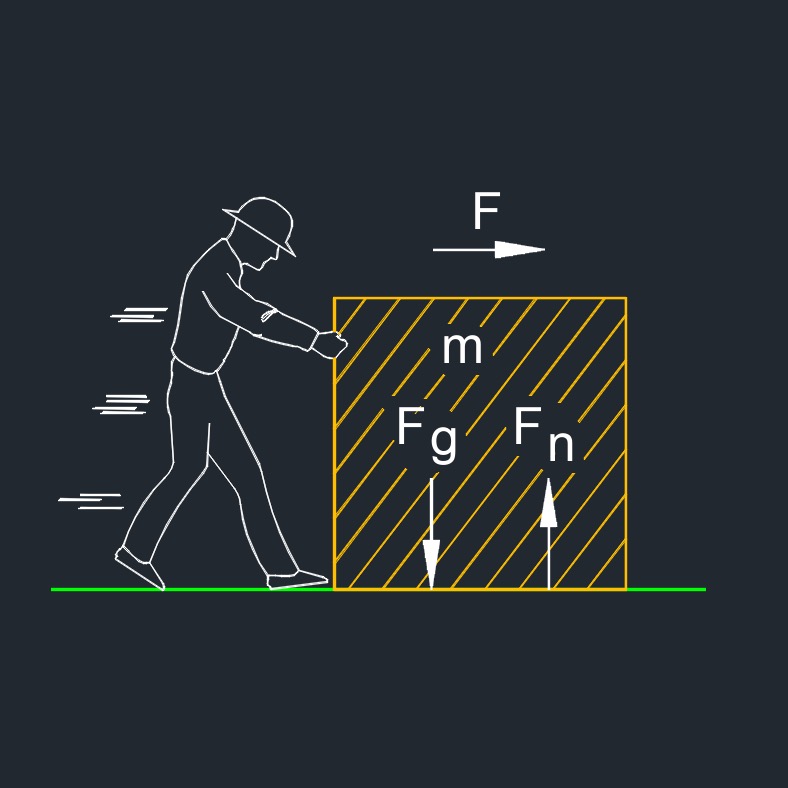Motion
 Motion is the change in position of an object over time, with respect to a reference point or frame of reference. An object is said to be in motion if it changes its position relative to the reference point. Motion can be described using different parameters such as speed, velocity, acceleration, displacement, and time.
Motion is the change in position of an object over time, with respect to a reference point or frame of reference. An object is said to be in motion if it changes its position relative to the reference point. Motion can be described using different parameters such as speed, velocity, acceleration, displacement, and time.
Speed is the rate at which an object covers a distance, while velocity is the speed of an object in a specific direction. Acceleration is the rate at which the velocity of an object changes over time, while displacement is the change in position of an object relative to its starting point.
Motion Types
Linear Motion - Anything that moves in a straight line.
Oscillating Motion (simple harmonic motion) - Moves repeatedly back and forth.
Rotary Motion - Is anything that moves in a circle.
Reciprocating Motion - Moves backwards and forwards in a straight line.
Irregular Motion - Any motion that has no fixed pattern.

